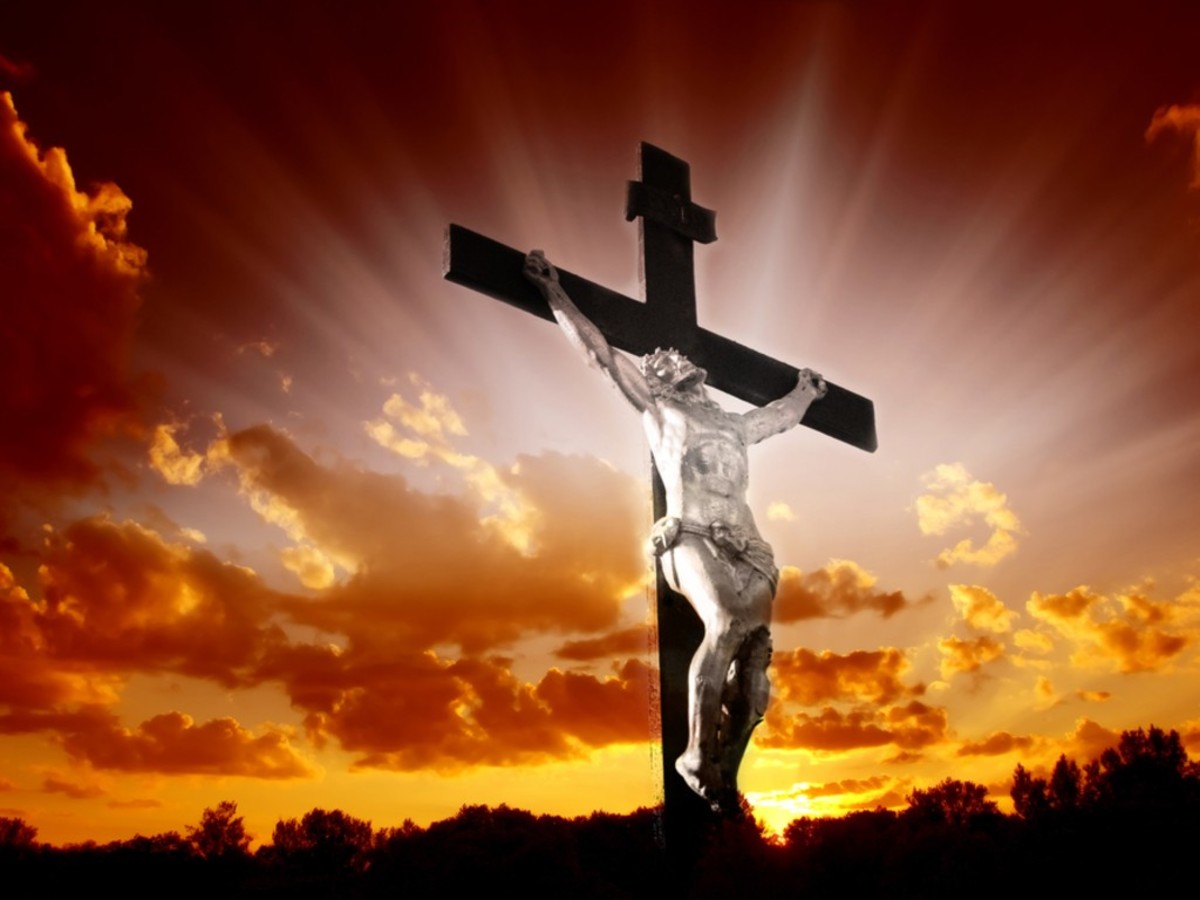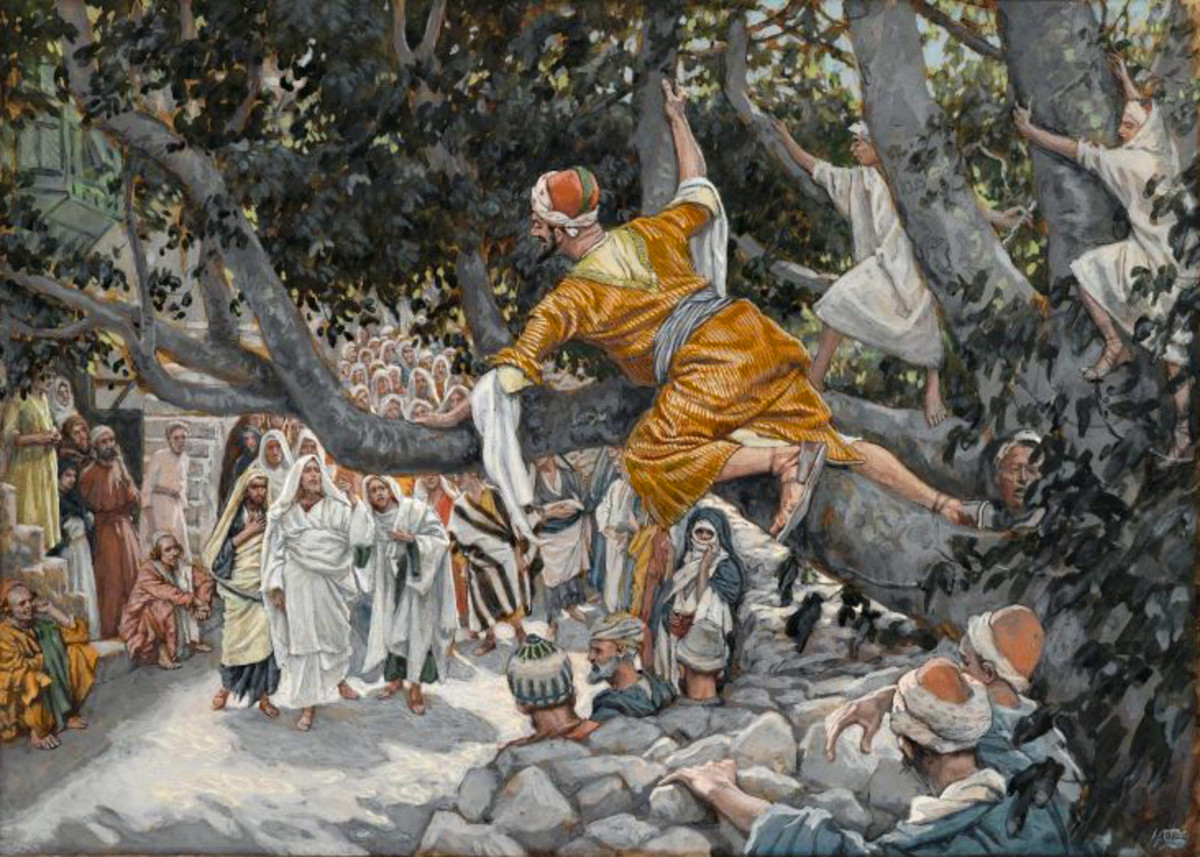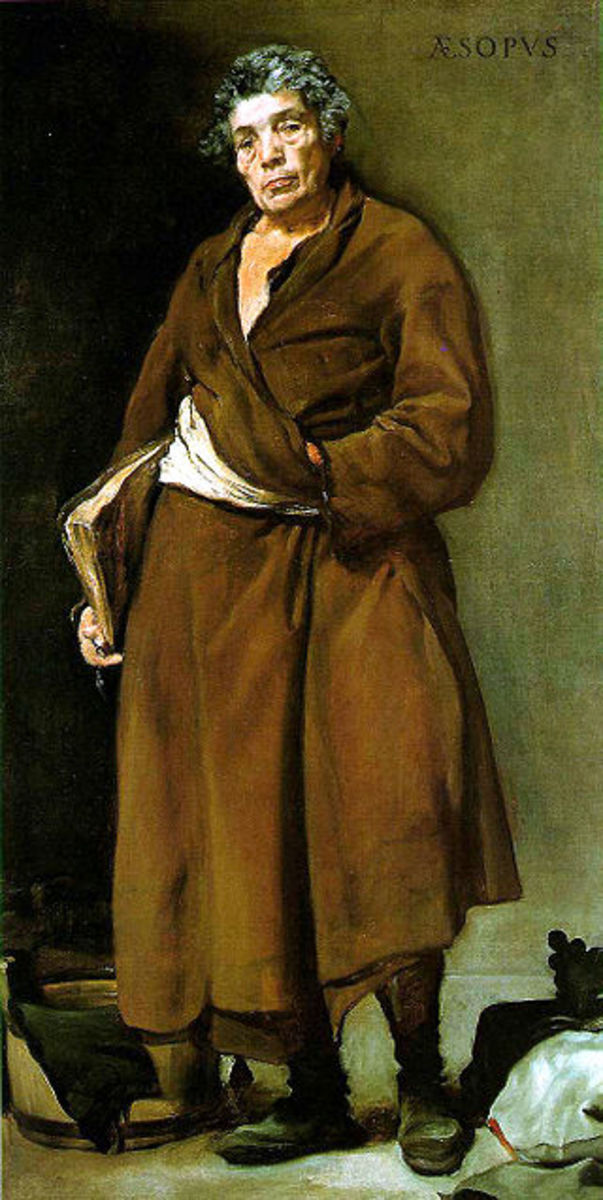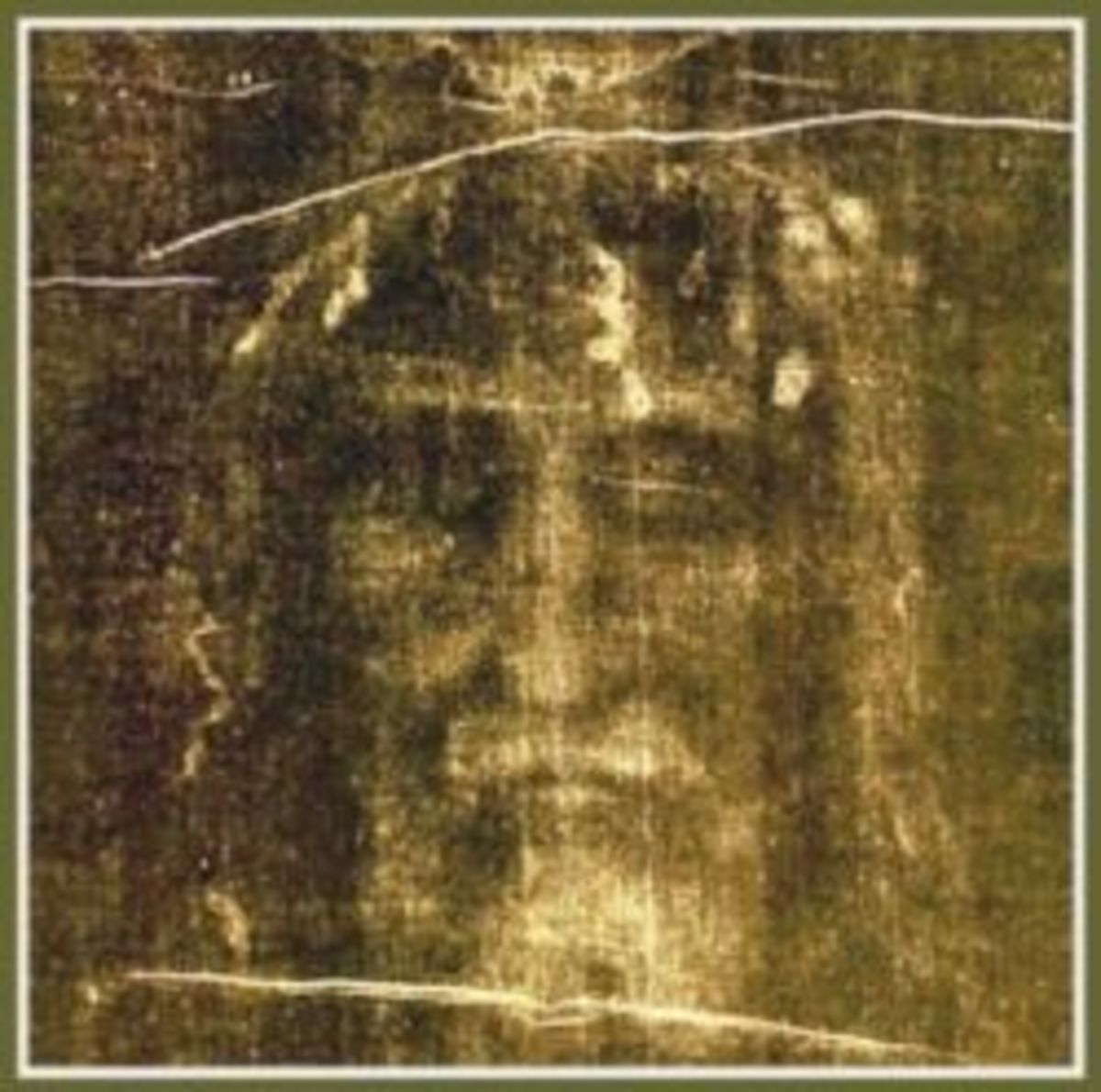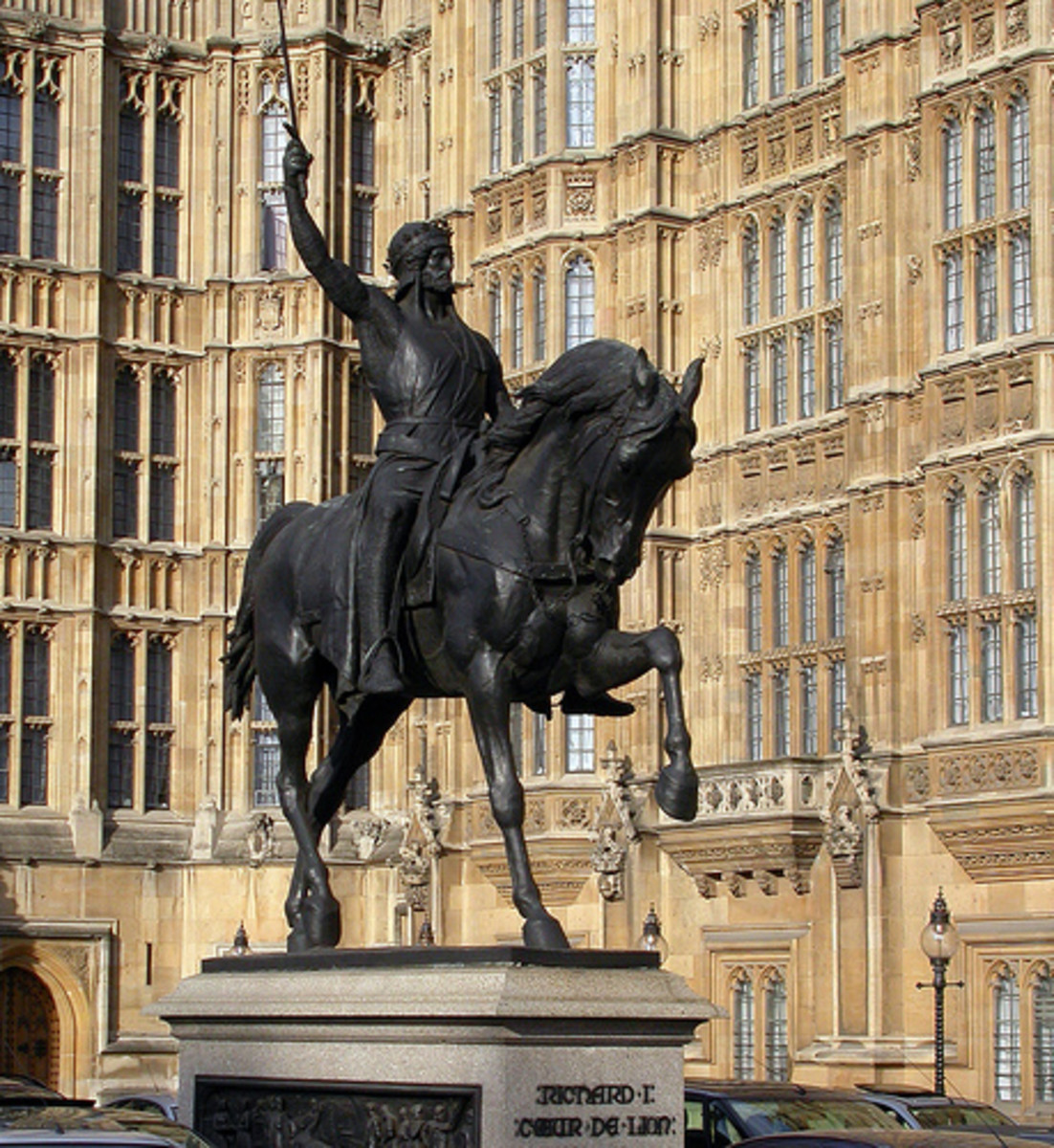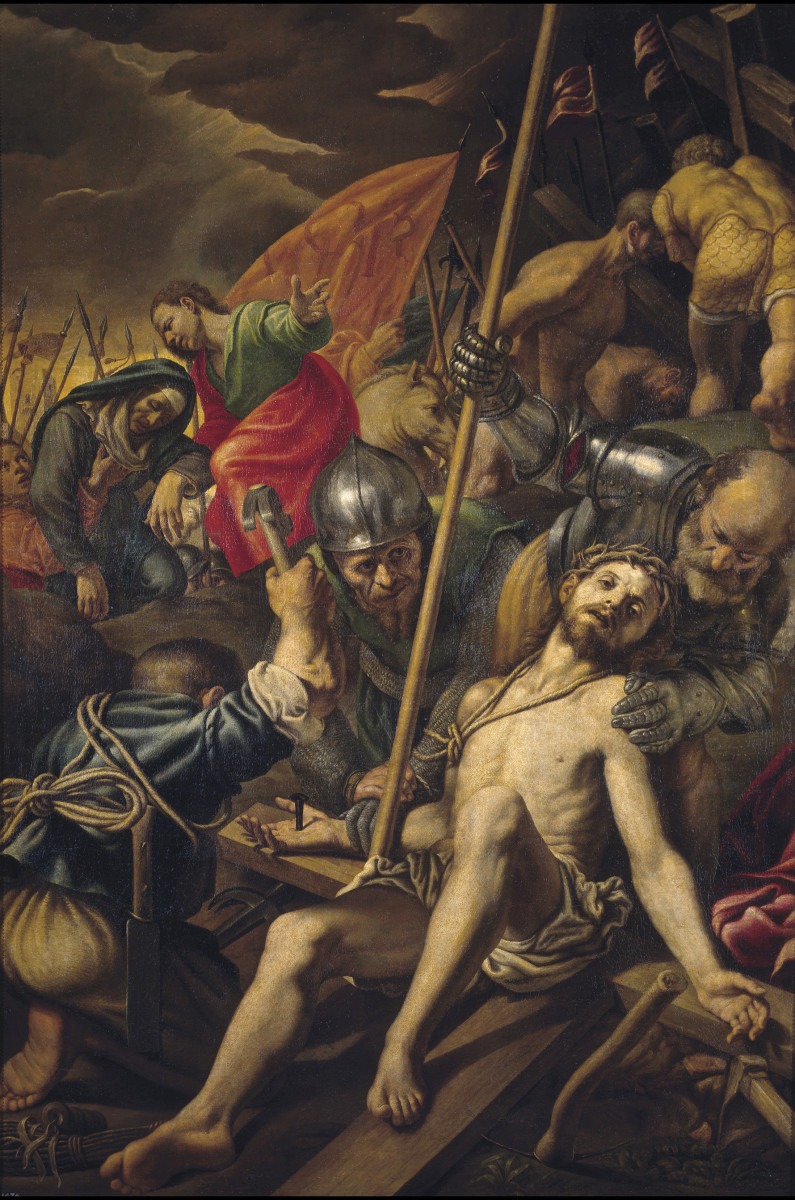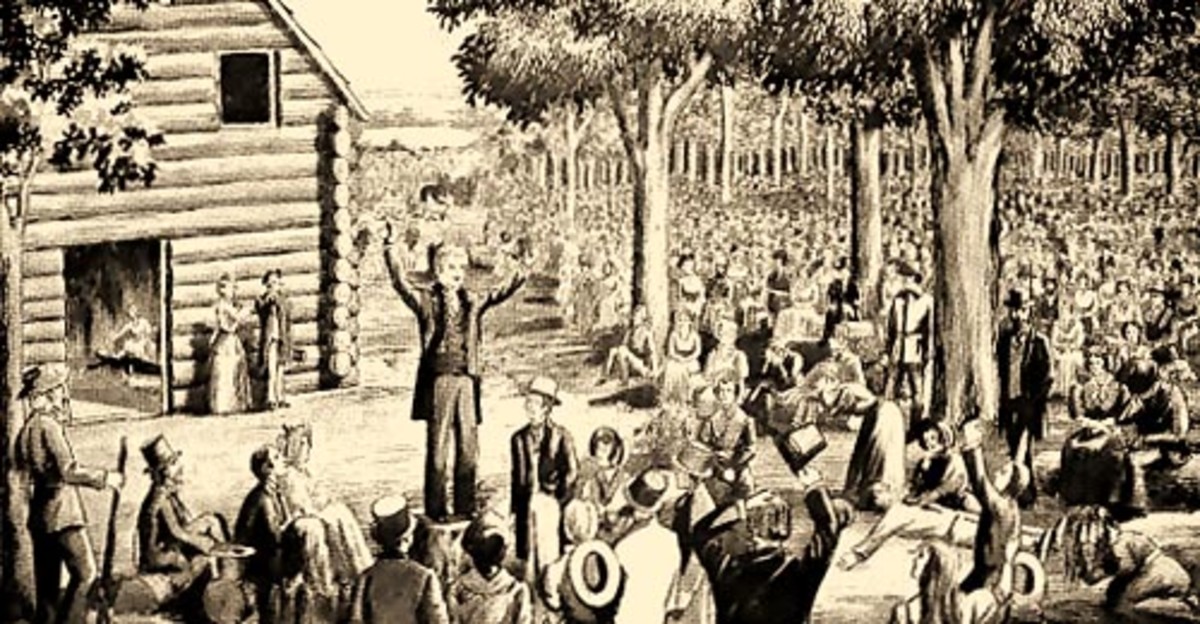Jesus, Jupiter & The Shroud of Turin

Overview
During the Covid pandemic, several YouTube channels became very significant thanks to people’s desperation to get the facts and regular updates. In the UK Dr. John Campbell (@Campbellteaching) succeeded in getting millions of subscribers, standing at 3.22 million at the time of writing. Now that Covid is past, he’s turned to other topics including the Shroud of Turin (SOT). Cambell seems to believe it’s true: “the burial shroud of Jesus”. As “@VincentSh” comments under one of his shroud videos:
“As a devout Catholic professor of medical physiology with wide-ranging expertise in nanoscience, I find the scientific and medical evidence – together with the Gospel accounts – utterly compelling: the Shroud stands as a divine witness to the Passion, Death, and glorious Resurrection of Our Lord.”
Most people in the world don’t know much about this shroud and don’t care. Even many Christians are sceptical. But the shroud does have its fans as an object of veneration, especially with Catholics including my grandmother, who had a photo of Jesus’s face from it (as seen above) on her Virgin Mary/Crucifix shrine with a coconut oil lamp created from a glass and a floating wick.
There has been enough analysis of the shroud over the decades and centuries – modern scientific research has not been definitive, with claims and counterclaims. It is certainly possible that the cloth is from the Levant from the time of Jesus, if not being the actual burial cloth. But we can only go so far; there’s a difference between a painting matching a Leonardo masterpiece, to Leonardo himself having painted it. It is important to point this out and it is for this reason that minor commentaries such as this, may have a role. Let’s explore how Jesus looked and find room for uncertainty about the nature of the shroud, rather than wondering if Dr Cambell’s claims are true, because he has a huge YouTube presence and tends to present data based on the actual artefact rather than the wider history of the image of Christ.
Quotations are italicised or given within quote marks.
What did Jesus Look Like?
An obvious answer to this question is just look at the SOT! However, this is only one artefact that emerges into the historical record from medieval Europe. Here’s an answer from the Daily Mail (Daily mail Revealed: What Jesus REALLY looked like, according to experts 1Dec2024).

The Daily Mail states that:
“In the first century AD, Professor Taylor says that long hair on men was considered 'rather unseemly'. However, by the fourth century AD, images of Jesus began to feature long hair and beards depending on what the artists wanted to emphasise.”
What else can we say about Jesus’s appearance? The website Bible Based Living (http://biblebasedliving.com/how-tall-was-jesus) provides indications of the height of Jesus.
The only people in the Bible who are described in terms of their height are Saul, Goliath, and Zacchaeus. When it comes to Jesus, the Bible only provides a single physical description in Isaiah 53:2, which states, "He had no beauty or majesty to attract us to him, nothing in his appearance that we should desire him." This suggests that Jesus had an ordinary appearance, with no outstanding physical features.
Since Isiah historically represents a pre-Christian prophecy, it’s words cannot be taken as an eyewitness account of Jesus. More scientifically, evidence for Jesus’s height comes from Jewish Archaeology (https://jewishencyclopedia.com)
“To speculate about Jesus' height, we can look at the average height of first-century Jewish males living in Israel. Anthropologists believe that the average height for a Jewish male during that time was around 5'1" (155 cm). This is significantly shorter than the average height of men today, which ranges between 5'5" (165 cm) and 5'11" (181 cm) depending on geographical location. It is important to note that these are estimates based on skeletal remains and other evidence.”
Scholars and scientists have further refined these estimates, suggesting that Jesus's height likely ranged from 5'1" to 5'5". This range is based on the average heights for men during the 1st century, supported by both archaeological data and historical context. Based on such evidence, the maximum height of Jesus was about 5 foot 5 inches. The SOT indicates a man of around 6 feet or higher. An indication of the height of Jesus comes from the Gospel of Luke (versusandprayers.com):
The Height of Zacchaeus
“He entered Jericho and was passing through. And behold, there was a man named Zacchaeus. He was a chief tax collector and was rich. And he was seeking to see who Jesus was, but on account of the crowd he could not, because he was small in stature.” – Luke 19:(1-3)
In the Gospel of Luke, Zacchaeus is described as “small in stature,” implying that he was short. This provides context for understanding how the Bible portrays physical attributes, as it specifically highlights Zacchaeus’ height in contrast to the crowd. The mention of his short stature further supports the notion that the Bible would have explicitly mentioned if Jesus deviated significantly from average height.
Thus Biblical texts and archaeology suggest Jesus was of ordinary height and not especially tall as in the SOT. He’s likely to have had short hair and a cropped beard.
The Earliest Depictions of Jesus
By early, we mean depictions of Jesus before Emperor Constantine (272-337 CE) turned Christianity into a Roman, and later, an international religion. We mean depictions of Jesus before the 4th century CE. The standing figure at the top is Jesus. This image captures

“One of the miracles of Jesus chronicled in the Gospels—Matthew (9:1–8), Mark (2:1–12) and Luke (5:17–26)—sees him healing a paralytic man at Capernaum, in modern-day Israel. Since then, that episode has been a recurring feature of Christian iconography. This depiction of the healing of the paralytic, dating to the 3rd century, was found on the baptistry of a long-abandoned church in Syria. It is one of the earliest depictions of Christ known to historians.” (aleteia.org).
Here are some subsequent depictions:

Notice, that Jesus is clean shaven with cropped hair.
Early Christians had their tombs adorned with Jesus. Bassus died in 359CE. His tomb indicates a clean shaven Jesus entering Jerusalem. The earliest depictions of Jesus suggest a clean-shaven man without extra long hair.

The nature of the shroud that originally covered Jesus
Biblical sources clearly reveal that Jesus’s body was unlikely to have been wrapped in a single sheet. Instead, he was wrapped up in strips of cloth that had been anointed in oils or perfumes. As Guy With A Bible (https://guywithabible.com) states:
A shroud, in New Testament times, was not a single item (though it begins that way). A single piece of cloth was often called a “shroud.” However, that single piece of cloth was ripped to create strips of cloth with which to wrap the deceased. The wrappings, which we might in modern times, refer to as multiple were referred to in the singular. Multiple wrappings were referred to in the singular as a “shroud.” Remember, according to John everything was done according to the burial customs of the time. We know from archeology and history that the practice of the Jews was to wrap a body in strips of cloth, mixing the cloth with spices in layers of the cloth. The legs and arms of Jesus would have been wrapped individually, then the upper body, with strips wrapping him from feet to neck. Then a separate cloth would be placed over the face as we see in John 20:7. Biblical scholars and commentators agree with this assessment. Note:
“‘Strips of linen’ is a translation of Othoniosos. Later usage in the koine Greek made the term of generic equivalent of clothes” (The Expositor’s Bible Commentary, Volume 9, John and Acts).
This is backed up by other references.
“The body was bound in strips of linen” (Believer’s Bible Commentary 1917) and “As part of their burial customs, the Jews tore large linen sheets into strips and wrapped perfume inside them close to the body” (Nelson’s New Illustrated Bible Dictionary, 2013).
The Veils of Veronica?
Are you aware that there is another kind of SOT in the various Veils of Veronica? Unfortunately there is more than one and the main one may be seen in the city of Vienna today among other places. Someone – possibly a lady, Veronica, placed a handkerchief on Jesus’s face as he was bearing his cross on his final journey and this left an impression of his face!
Wikepedia under “Veil of Veronica” states:
Firm records of the Veil begin only in 1199, when two pilgrims, Gerald de Barri (Giraldus Cambrensis) and Gervase of Tilbury, made two accounts at different times of a visit to Rome, making direct reference to the existence of the Veil of Veronica. Shortly after that, in 1207, the cloth became more prominent when it was publicly paraded and displayed by Pope Innocent III, who also granted indulgences to anyone praying before it.[11] This procession, between St Peter's and the Santo Spirito Hospital, became an annual event and on one such occasion in 1300 Pope Boniface VIII, who had it translated to St. Peter's in 1297, was inspired to proclaim the first Jubilee in 1300. During this Jubilee the Veronica was publicly displayed and became one of the "Mirabilia Urbis" ("Wonders of the City") for the pilgrims who visited Rome.
This is the version in Vienna of which interpretive drawings exist. It seems to indicate a facial image of a bearded man.

Another version is the The sweat-cloth at Manoppello.

As we read from Sudariumchristi.com :
The first photograph of the shroud of Turin in 1898 revealed that it can be compared with a photographic negative. The sweat-cloth at Manoppello, on the other hand, is more like a slide. However, they are not photographs. The shroud of Turin bears the image of a dead man, while the sweat-cloth depicts a living man marked with the signs of his martyrdom. The Capuchin friar Domenico da Cese (1905 – 1978) recognized matching facial features on the veil of Veronica and the shroud of Turin. Using orientation points, the Trappist nun Blandina Paschalis Schlömer, a German pharmacist and icon painter, developed an overlay technique known as superimposition. Based on the congruity, she was able to prove that the images on both cloths were of the same person. She later applied this technique to the sudarium of Oviedo with the same result.
It should be seen that such credulous accounts don’t help explain which one if any is the actual Veil of Veronica. It is highly unlikely that Jesus’s face was wiped several times by the caricatures of Veronica though it is quite possible that some people helped mop his face. Whether such cloths could end up finding themselves in medieval Europe 1300 years or more later is another matter. There are no historical records from before suggesting the existence of these Veils or the SOT.
The Shroud of Turin
As Britannica.com states:
The first historical account of the shroud occurs in 1354, when it is recorded that it wound up in the hands of a famed knight, Geoffroi de Charnay, seigneur de Lirey. There is no record of how he came into possession of it. In 1389, when it went on exhibition, the shroud was denounced as false by the local bishop of Troyes, who declared it “cunningly painted, the truth being attested by the artist who painted it.” The Avignon antipope Clement VII (reigned 1378–94) refrained from expressing his opinion on the shroud’s authenticity but sanctioned its use as an object of devotion provided that it be exhibited as an “image or representation” of the true shroud.
There have been many analyses that have emerged since then, especially with the advent of photography. As the website Reasons.org states (Joseph Bergeron, 2021):
The Shroud of Turin bares front and back images depicting a naked, bearded, long-haired man about 183 cm (~6 feet) tall. 8 The man likely weighed approximately 70 kg (~154 lbs). Tortuous streams of blood are noted in the matted hair, front and back.9 Hair appears by the sides of the face. The neck is not visible. There is swelling of the forehead, brows, right upper lip, and jaw. The nasal cartilage is separated.10 The right eyelid may be torn.11 Hands are placed below the umbilicus (navel). Thumbs are not visible. There are more than 100 scourge marks. The right shoulder is lower than the left with abrasions noted on both shoulders.12 There is a large oval chest wound between the right fifth and sixth ribs.13 Blood flow is visible from the chest wound, scalp, and both hands and feet.

Clearly much of the above is based on multiple, often scientific, forensic searches. We cannot deny that the SOT seems to show a tall, dead man with a beard subject to wounds consistent with some accounts in the gospels and beyond.
However, the right arm seems longer than the other, the modesty is conveniently covered by this hand, blood tests apparently prove negative and there are suggestive inaccuracies and inconsistencies. The linen seems to be of a weave centuries later. The image is too flat and two dimensional. In other ways, it’s too good to be true as a portrait and contradicts gospel accounts of how the body was wrapped piecemeal (See sites like Quora).
Based on various studies, the SOT was probably not created as a forgery but possibly a theatre prop, and later got incorporated into the Church collection. There was Medieval skepticism about its origins and even speculation on who could have created it.
Later depictions of Jesus – Jesus as Jupiter
The “modern” face of Jesus emerges famously from places like the Hagia Sophia Church (then Mosque) from Istanbul (formerly Constantinople). We should be grateful that the Mohammedan conquerors of this once vast church did not deface all the images. The images, at the earliest go back to the time when the Hagia Sophia was built around 537CE. Here’s that famous face.

This face (and several similar - popular in Orthodox Christianity today) bears comparison with the Greco-Roman Zeus/Jupiter, once celebrated as an ivory and gold statue, one of the original Seven Wonders of the world -The Zeus at Olympia. Unfortunately, this marvellous statue was destroyed around 600 CE at a time when the ancient Greek religions were under attack from an increasingly domineering Roman Christianity. The Zeus had survived since the 5th century BCE – 500 years before Christ (over 1000 years). The following restoration of the Zeus at Olympia from 1815 is based on several images and statues of Zeus from the Greco-Roman world that have survived.

Could it be possible that the face of Zeus was transferred to that of Jesus?
As the website LifeHope&Truth states (Lifehopeandtruth.com):
Later artists wanted to capture the wisdom and power of Jesus as the “heavenly judge.” These artists turned for inspiration to the more powerful and authoritative gods in the Roman pantheon, such as Jupiter (the Roman version of Zeus), Neptune and Serapis. These gods, like Apollo, wore long hair to distinguish them from mortals, but were also distinguished by beards (which symbolized their wisdom and authority).
These characteristics found their way into artistic portrayals of Jesus. Notice these quotes from historians from the above website:
“The representation of Christ as the Almighty Lord on his judgement throne owed something to pictures of Zeus”
(Henry Chadwick, The Penguin History of the Early Church, 1967, p. 283).
“A full-bearded face suggests authority, majesty, and power and may be seen in the portraits of the senior male deities of the Roman pantheon—Jupiter and Neptune, or even the Egyptian import, Serapis. … The mature and bearded figure perhaps emphasizes Jesus’ sovereignty over the cosmos. Here Christ takes Jupiter’s place in the pagan pantheon, and the iconography makes that displacement explicit”
(Robin Jensen, Understanding Early Christian Art, 2000, p. 119).
The SOT: an alternative explanation
When the SOT emerged in the 14th century, without record or receipt into a Europe clamouring for relics from the time of Jesus from pieces of the true cross to anything else such as the Veil of Veronica, many relics were to use a British expression almost “ten a penny”. The SOT was received as a clever forgery before later being adored for its holiness.
We are aware that in Jewish burial practices, bodies were buried in strips of cloth and not necessarily sheets, a point not emphasised in credulous accounts of the SOT. Furthermore, the SOT depicts a tall bearded man, consistent with an image of Jesus that only became popular from the 5th century CE and not from a beardless Jesus before. The later Jesus was more like a Greco-Roman god such as Zeus.
We do not deny that the SOT is a venerable artefact that has lasted almost 1000 years at least; it could even be connected with Jesus himself though this sounds far-fetched. But there are too many contradictions to connect it directly with the historical Jesus. It is possible that SOT represents a person from the time of Jesus as suggested by contradictory datings and pollen records – but that it is Jesus himself is something for popular videos or manna for believers rather than a matter for provable scholarship.
My grandmother worshipped a representation of Jesus’s face in the image of the SOT and as one of several representations of Christ, Christians should have images that they appreciate upon their shrines and churches. Faith and the goodness and love that emanates from it is much needed by the world. But we seriously doubt Dr Cambell’s credulity in SOT and how scientific his assertions may be following the subscribers he gathered while pouring over the details of COVID 19 that propelled him to YouTube stardom.
So here we are peddling the alternative theory, that maybe, just maybe, the SOT is probably not a historical artefact that depicts the actual Jesus, but a holy relic, respected and venerated by young and old including once by my Catholic grandmother.


